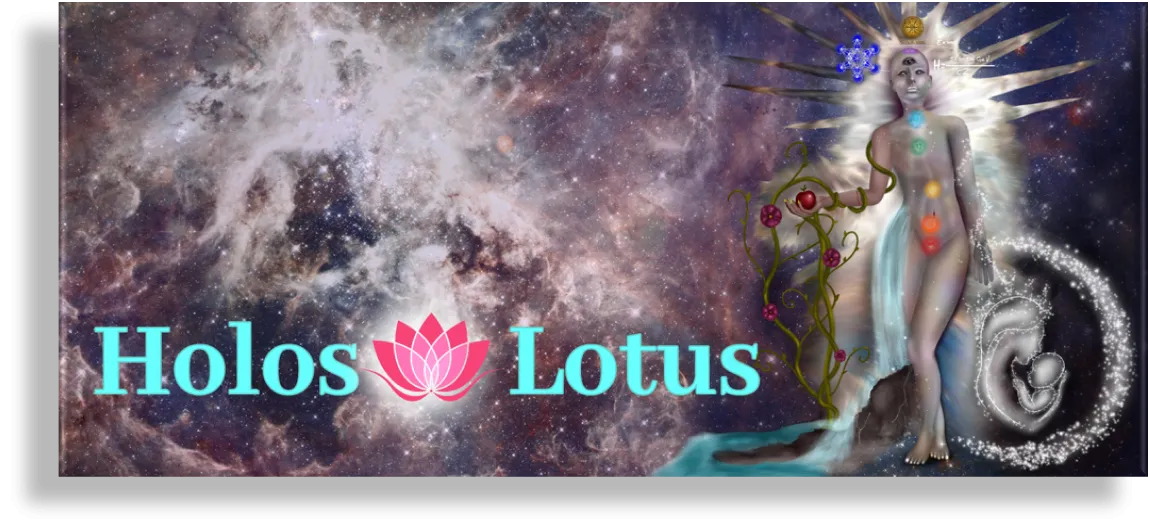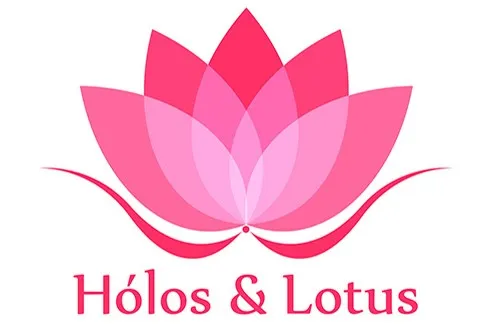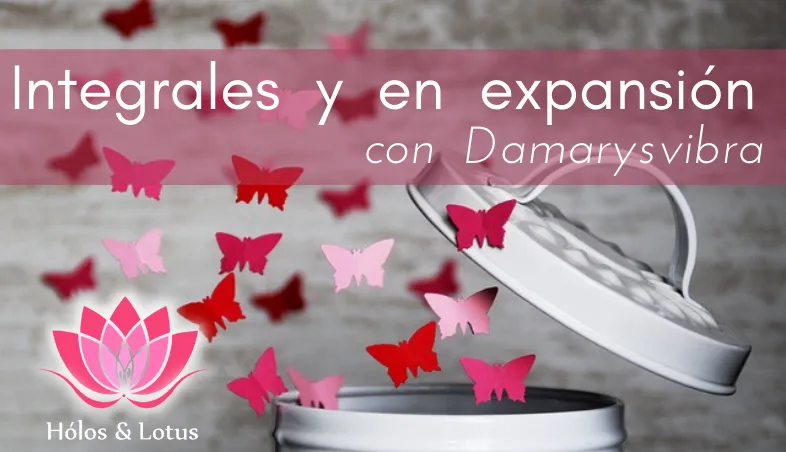
Equilibrio interno
La naturaleza, tan sabia como siempre, ha dotado a los seres vivos de capacidades que le permiten mantener el equilibrio interior de su organismo. Por ejemplo, secretar hormonas, como la insulina, cuando hay descompensación o en la relación cuerpo-ambiente: si hace calor sudamos, si hay algo que nos produce miedo la adrenalina y el cortisol nos activan para salir corriendo, pelear o cualquier otra reacción que nos lleve a protegernos. Este proceso la ciencia lo ha llamado homeostasis y lo podemos definir como la respuesta natural del organismo para volver al equilibrio después de una situación de crisis.

Ante los cambios del entorno los seres vivos hacemos uso de tres grandes estrategias: la evasión: huir de aquello que nos puede perjudicar, B) Conformarnos: que consiste en la adaptación a las nuevas circunstancias y C) la regulación que nos lleva a realizar acciones que mantengan el interior en una condición constante. Normalmente y, dependiendo de la situación, el ser vivo utiliza más de una estrategia al mismo tiempo.
Ahora vamos a desprendernos de la categoría todo ser vivo y llevemos esto a lo propio, lo humano, lo que nos distingue y nos diferencia: el pensamiento y las emociones. Por auto conservación (somos homeostáticos) todos buscamos mantenernos en equilibrio, que todo vaya por donde queremos y si hay cambios que estos sean porque los propiciamos al considerarlos como mejor opción. Sin embargo, por experiencia sabemos que esto no siempre es así, hay cambios que ocurren sacándonos de nuestra “normalidad”, las cuales si nos afectan de manera negativa las llamamos “crisis”.
¿Qué conductas seguimos ante una situación de crisis? En estos casos nosotros tenemos una serie de respuestas naturales y aprendidas que de manera consciente o inconsciente las utilizamos con el fin de retomar el balance interno que nos es propio.
Aunque todas son válidas, unas se constituyen en inmediatas, temporales y realmente no conducen a un estado de equilibrio interior, son conductas disfrazadas de equilibrio. Otras, más conscientes, nos permiten avanzar en ese proceso de crecimiento donde tenemos más recursos para encontrar el camino del equilibrio,que por alguna razón se desdibujó. Comencemos con:
1.- Las conductas disfrazadas de equilibrio

A) La evasión: Conocemos el problema, sabemos que esta allí pero no lo afrontamos, es una conducta que puede ser válida momentáneamente para no profundizar el desequilibrio, sin embargo, es bueno tener presente que aquello que no buscamos resolver y como dicen, cerrar el círculo permanece en nosotros, volviendo una y otra vez a nuestros pensamiento socavando nuestra estabilidad.
B) El retorno: Es la no aceptación de los cambios y por ello realizamos acciones pretendiendo volver a nuestra estabilidad anterior, con lo cual no terminamos de pasar la página perpetuando el desequilibrio o en el mejor de los casos como cualquier ser vivo tratamos de mantener el desequilibrio en un nivel estable, es decir, ni para trás ni para delante sino seguir allí, girando en la rueda del hamster.
C.- Posponer: Es vivir en el “pendiente”. Sabes, reconoces que tienes una situación de conflicto por resolver pero… nunca es el momento oportuno para tomar las decisiones, entonces bailamos entre dos aguas, donde el equilibrio, no encuentra apoyo para la estabilización.
2.- Conductas positivas para volver al equilibrio

A.- La aceptación. No hablamos ni de conformismo ni resignación, la aceptación es comprender y asumir lo que no puedo cambiar,—circunstancias, hechos — y al mismo tiempo ver en la situación las posibilidades nuevas que tengo, la aceptación es una actitud positiva hacia los cambios, en ella encontramos un punto de apoyo para el equilibrio.
B.- Tomar decisiones. Va en contraste con la evasión, el retorno y el posponer. Cuando tomamos decisiones nos sentimos liberados (que sean acertadas o no es otro tema) pero, como dicen “dejar de estar colgando y caer” es lo que nos permite dar pasos que nos lleven a reencontrar el equilibrio interior.
C.- Pedir ayuda. Muchas veces creemos que podemos solos con las situaciones que se nos presentan y que generan desequilibrio. Si sentimos que avanzamos y que paso a paso vamos retomando nuestro nivel, muy bien, si por el contrario observamos que el asunto, a pesar de nuestra buena disposición, no esperemos que se desborde. Esta ayuda puede ser desde un amigo con el cual podamos apalabrar lo que sentimos hasta buscar un especialista que nos guíe, en todo caso, tomar la decisión de buscar ayuda ya es un indicador de que vamos por buen camino.

Cada una de estas conductas son procesos conscientes que en la medida en que las ejercitamos nos fortalecemos; por ello nos gustaría conocer ¿Cuál de estas tres estrategias positivas aplicas con mayor frecuencia para volver a tu estado de equilibrio interno?; ¿Qué otras estrategias utilizas?
Comparte tu comentario en este post, tu experiencia y todo aquello que desees ampliar. También puedes hacer una publicación en nuestra Comunidad sobre el tema. Los comentarios los estaremos valorando junto a @elcomentador y estaremos repartiendo algunos Lotus para apreciar tu participación, las publicaciones tendrán el apoyo de nuestra Comunidad y otros proyectos de curación.
Gracias por ser y estar
@damarysvibra

Inner equilibrium
Nature, as wise as ever, has endowed living beings with capacities that allow them to maintain the inner balance of their organism. For example, secreting hormones, such as insulin, when there is an imbalance or in the body-environment relationship: if it is hot we sweat, if there is something that makes us afraid, adrenaline and cortisol activate us to run, fight or any other reaction that leads us to protect ourselves. Science has called this process homeostasis and we can define it as the natural response of the organism to return to equilibrium after a crisis situation.

In the face of environmental changes, living beings make use of three main strategies: A) avoidance: fleeing from that which could harm us, B) conforming: which consists of adapting to the new circumstances and C) regulation, which leads us to carry out actions that maintain the interior in a constant condition. Normally and, depending on the situation, the living being uses more than one strategy at the same time.
Now let's get rid of the category all living beings and let's take this to what is proper, what is human, what distinguishes and differentiates us: thought and emotions. For self-preservation (we are homeostatic) we all seek to keep ourselves in balance, that everything goes where we want it to go, and if there are changes, that these are because we encourage them by considering them as the best option. However, from experience we know that this is not always the case, there are changes that occur taking us out of our "normality", which if they affect us in a negative way we call them "crisis".
What behaviors do we follow in a crisis situation? In these cases we have a series of natural and learned responses that we consciously or unconsciously use in order to regain the internal balance that is proper to us.
Although all of them are valid, some are immediate, temporary and do not really lead to a state of inner balance, they are behaviors disguised as balance. Others, more conscious, allow us to advance in that process of growth where we have more resources to find the path of balance, which for some reason was blurred. Let's start with:
1.- The behaviors disguised as balance

A) Avoidance: We know the problem, we know it is there but we do not face it, it is a behavior that may be valid momentarily to not deepen the imbalance, however, it is good to keep in mind that what we do not seek to solve and as they say, close the circle remains in us, returning again and again to our thoughts undermining our stability.
B) The return: It is the non-acceptance of the changes and therefore we perform actions pretending to return to our previous stability, with which we do not finish turning the page perpetuating the imbalance or in the best of cases as any living being we try to keep the imbalance at a stable level, that is, neither backwards nor forwards but to continue there, spinning on the hamster wheel.
C.- Postponing: It is to live in the "pending". You know, you recognize that you have a conflict situation to solve but... it is never the right time to make decisions, then we dance between two waters, where the balance does not find support for stabilization.
2.- Positive behaviors to return to balance

A.- Acceptance. We are not talking about conformism or resignation, acceptance is to understand and assume what I cannot change, -circumstances, facts- and at the same time to see in the situation the new possibilities that I have, acceptance is a positive attitude towards changes, in it we find a point of support for the balance.
B.- To make decisions. It is in contrast with avoidance, return and postponement. When we make decisions we feel liberated (whether they are right or not is another matter) but, as they say "stop hanging and falling" is what allows us to take steps that lead us to rediscover inner balance.
C.- Ask for help. Many times we believe that we can cope alone with the situations that arise and generate imbalance. If we feel that we are moving forward and that step by step we are regaining our level, very well, if on the contrary we observe that the matter, in spite of our good disposition, we should not expect it to overflow. This help can be from a friend with whom we can talk about what we feel to a specialist who can guide us, in any case, making the decision to seek help is already an indicator that we are on the right track.

Each of these behaviors are a conscious process that as we exercise them we get stronger, so we would like to know which of these three positive strategies do you apply more frequently to return to your state of inner balance; What other strategies do you use?
Share your comment on this post, your experience and anything else you want to expand on. You can also make a publication in our Community on the subject. We will be evaluating the comments together with @elcomentador and we will be giving out some Lotus to appreciate your participation, the publications will have the support of our Community and other healing projects.
for being and being
@damarysvibra


Si quieres ser parte activa de esta comunidad puedes escribir y compartir tu contenido en Holos & Lotus, comentar y apoyar las publicaciones de otros usuarios o realizar delegación de HP a la comunidad. Si deseas más información puedes contactar a @miriannalis, @yonnathang, @chaodietas o @pavanjr.

¡Suscríbete! / Subscribe!
Síguenos en Twitter / Follow us on Twitter
Entra a nuestro servidor de Discord en este enlace / Log in to our Discord server at this link 👇


- Banner elaborado en Canva con los elementos disponibles en su versión gratuita / Banner elaborated in Canva with the elements available in its free version.
- Banner de la Comunidad diseñada por la artista berlissanoja / Community Banner designed by artist berlissanoja
- Logo de la Comunidad elaborado por el diseñador casilokodesign / Community logo designed by designer casilokodesign

Translated with www.DeepL.com/Translator (free version)

